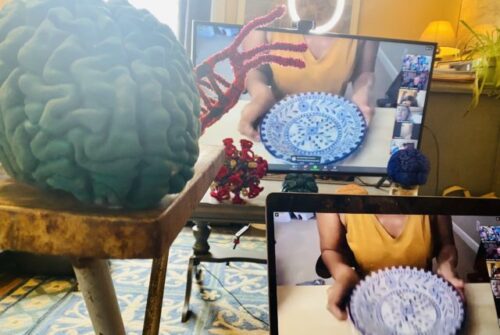
Medical negligence, a grave concern in the healthcare realm, has left an indelible mark on numerous lives. To comprehend the nuances of this issue, we delve into compelling case studies that unravel the intricacies surrounding medical malpractice. In this exploration, we unearth valuable lessons that can reshape healthcare practices and safeguard patient well-being.
Introduction
Medical negligence, often referred to as medical malpractice, occurs when healthcare professionals deviate from the standard of care, resulting in harm to the patient. The repercussions of such negligence can be severe, leading to long-lasting physical, emotional, and financial consequences for the affected individuals.
Unmasking the Cases
Case Study 1: Surgical Oversights
In a landmark case, a patient underwent a routine surgical procedure only to face unforeseen complications due to surgical oversights. This case underscores the importance of meticulous pre-operative assessments and the need for comprehensive communication among medical teams.
Case Study 2: Misdiagnosis Dilemma
Misdiagnosis remains a prevalent issue in healthcare. Through a poignant case study, we scrutinize the repercussions of a misdiagnosis that led to delayed treatment and exacerbated the patient’s condition. This emphasizes the critical need for accurate and timely diagnoses.
Case Study 3: Medication Mishaps
The administration of incorrect medications can have catastrophic consequences. This case study sheds light on instances where patients suffered due to medication errors, prompting a closer look at medication safety protocols within healthcare institutions.
Lessons Learned
- Enhanced Communication Protocols: Establishing robust communication channels among healthcare professionals is paramount. Comprehensive pre-operative discussions and post-operative debriefings can significantly reduce the risk of errors.
- Emphasizing Diagnostic Accuracy: A stringent focus on accurate and timely diagnoses is crucial. Implementing advanced diagnostic technologies and fostering a culture of continuous learning among healthcare practitioners can mitigate the risk of misdiagnosis.
- Streamlined Medication Management: Instituting stringent medication management protocols, including proper verification and cross-checking, is imperative. Regular training sessions and audits can ensure adherence to these protocols.

The Road to Reform
In light of these case studies and the ensuing lessons, the healthcare industry stands at a crossroads. The imperative for reform is evident, necessitating a collective effort from healthcare professionals, institutions, and regulatory bodies. Stricter adherence to protocols, continuous training, and fostering a culture of accountability can pave the way for a safer healthcare landscape. Come and visit this page to find additional tips and information about case studies in medical negligence.
Conclusion
The case studies presented here serve as poignant reminders of the need for vigilance in the healthcare sector. By dissecting these instances of medical negligence, we equip ourselves with the knowledge to prevent similar occurrences. As we strive for a healthcare landscape marked by safety and excellence, these lessons learned become beacons guiding us toward a brighter and more secure future.





